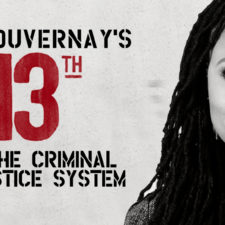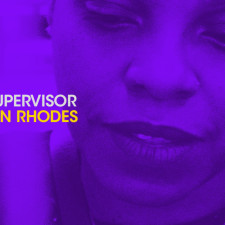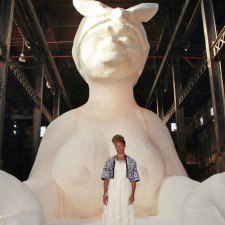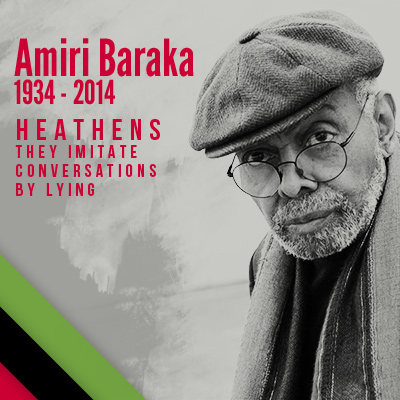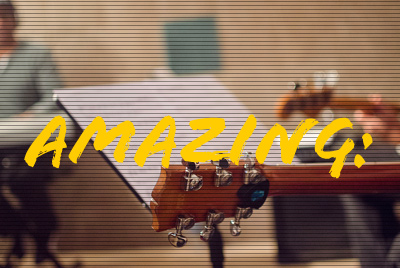Editor’s note: The following catalogue essay was written for the Whitney Museum of American Art’s 2012 Biennial. The exhibition will feature a mixed-media installation titled “Bleed” by Alicia Hall Moran and Jason Moran. Jason Moran completed an artist-in-residence stint at the University of Pennsylvania this semester, which was topped off by a great performance of The Bandwagon, his long-standing and brilliant trio. GR
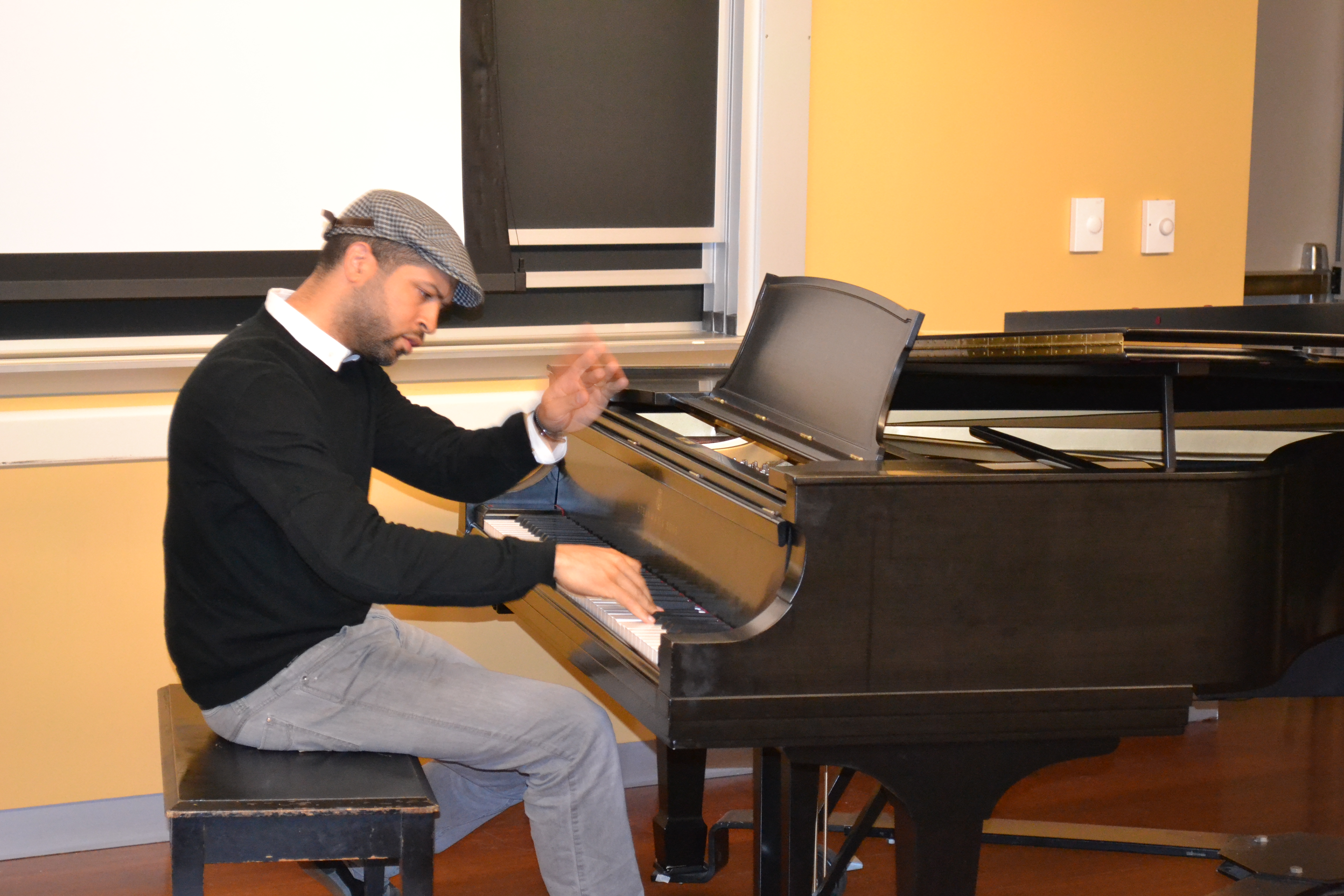 From the late 19th to the early 20th centuries, African American musicians inhabited a world of hustle on ecumenical fronts. Long before our present-day ideas about genre had become stubborn, calcified categories, a more porous performance culture existed. And black musicians rarely “stayed in their place” but rather worked across invisible boundaries. Opera singers like Sissieretta Jones with a legendary career on the international concert stage could find easy work on the minstrelsy circuit. The classically trained violinist Will Marion Cook unapologetically wrote, in collaboration with poet Paul Laurence Dunbar, the pioneering musical-comedy sketch Clorindy; or, The Origin of the Cakewalk, which premiered on Broadway in 1898. Scott Joplin, the ragtime pianist/composer who got American audiences dancing their way out of Victorianism, also composed the groundbreaking opera Treemonisha in 1911. You get the picture; it was all about stretching, as they say. So every time I read Jason Moran tagged simply as “jazz pianist,” I think: “wait a minute—he’s so much more.” He’s genius personified, and he never stays in his place.
From the late 19th to the early 20th centuries, African American musicians inhabited a world of hustle on ecumenical fronts. Long before our present-day ideas about genre had become stubborn, calcified categories, a more porous performance culture existed. And black musicians rarely “stayed in their place” but rather worked across invisible boundaries. Opera singers like Sissieretta Jones with a legendary career on the international concert stage could find easy work on the minstrelsy circuit. The classically trained violinist Will Marion Cook unapologetically wrote, in collaboration with poet Paul Laurence Dunbar, the pioneering musical-comedy sketch Clorindy; or, The Origin of the Cakewalk, which premiered on Broadway in 1898. Scott Joplin, the ragtime pianist/composer who got American audiences dancing their way out of Victorianism, also composed the groundbreaking opera Treemonisha in 1911. You get the picture; it was all about stretching, as they say. So every time I read Jason Moran tagged simply as “jazz pianist,” I think: “wait a minute—he’s so much more.” He’s genius personified, and he never stays in his place.
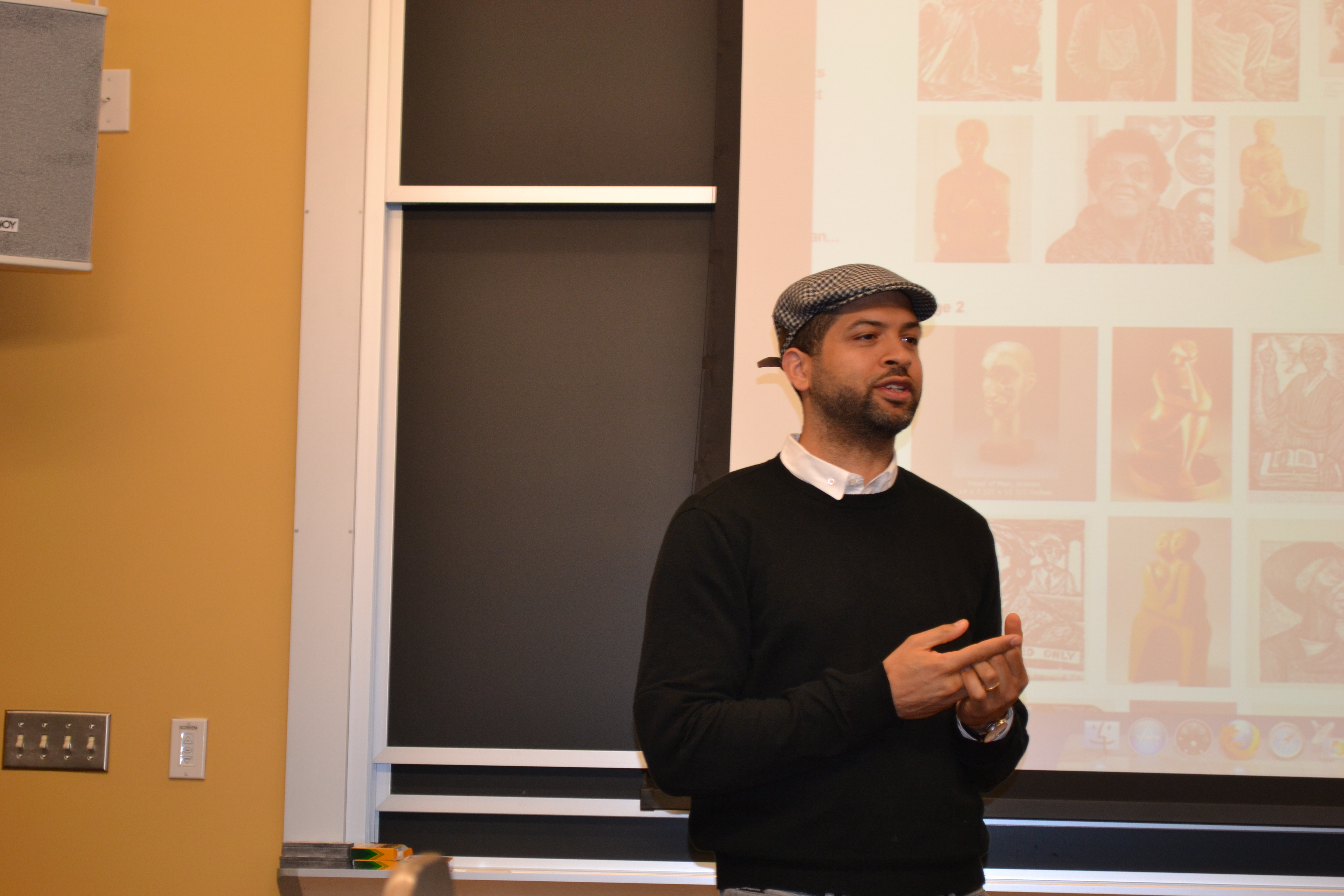 Moran, a recipient of a John D. and Catherine T. MacArthur “genius” award, has done much in his career thus far to challenge the idea of category, indeed, to push out at the edges of jazz’s sometimes defensive palisade by crisscrossing artistic medium and by turning this family of idioms on its head. Some would, indeed, call such audacious attitude, genius. The term is such a slippery concept. It’s a label that gets tossed around musical circles usually to describe an artist with a highly visible and prolific content. We also use it to talk about people with an unusually profound endowment of technical facility through which they express something that audiences perceive as “universal,” “timeless,” or transcending the moment in which they experience them. But musical genius is always in the ears, hearts, and heads of the beholder. Experiencing it, in my view, is not a matter of transcendence. It’s about using one’s mechanics of delivery and sense of social constitution—knowledge of how musical codes “work”—to anchor listeners in a deep sense of the “present tense.” Genius, despite its reputation, is never a matter of isolated, rugged individualism. As Moran demonstrates time and time again, it can also be a collaborative affair, one in which artistic communities in motion become living models of thoughtful and meaningful social interaction, something that we all, I believe, are born to desire and witness.
Moran, a recipient of a John D. and Catherine T. MacArthur “genius” award, has done much in his career thus far to challenge the idea of category, indeed, to push out at the edges of jazz’s sometimes defensive palisade by crisscrossing artistic medium and by turning this family of idioms on its head. Some would, indeed, call such audacious attitude, genius. The term is such a slippery concept. It’s a label that gets tossed around musical circles usually to describe an artist with a highly visible and prolific content. We also use it to talk about people with an unusually profound endowment of technical facility through which they express something that audiences perceive as “universal,” “timeless,” or transcending the moment in which they experience them. But musical genius is always in the ears, hearts, and heads of the beholder. Experiencing it, in my view, is not a matter of transcendence. It’s about using one’s mechanics of delivery and sense of social constitution—knowledge of how musical codes “work”—to anchor listeners in a deep sense of the “present tense.” Genius, despite its reputation, is never a matter of isolated, rugged individualism. As Moran demonstrates time and time again, it can also be a collaborative affair, one in which artistic communities in motion become living models of thoughtful and meaningful social interaction, something that we all, I believe, are born to desire and witness.
 How’s he do it? Moran’s artistic palette encompasses more than music. It interrogates how all of the arts—music, film, poetry, architecture, dance, and painting—can directly inform each another. Because of his ecumenical approach, his work has helped to expand not only the language but also the large possibilities of the contemporary jazz scene. Over the last ten years, his recordings as both leader and sideman, trace the development of an artist exploring new and eclectic sound worlds. In his performance rhetoric—one that is instantly recognizable—you can hear many of his wide influences: the Southwest blues, traditional jazz, contemporary modal, and even traces of Berg, Monk, and Webern and more. I can think on no other young pianist on the jazz scene today who seems to be in perpetual artistic motion—constantly searching, forever challenging and chiding his muse. He has engaged collaborations with museums, choreographers, art historians, poets, performance artists, and the result has been adventurous projects that embrace the power derived from unusual juxtapositions. He is, arguably, the most critically engaged pianist to emerge on the jazz scene in years.
How’s he do it? Moran’s artistic palette encompasses more than music. It interrogates how all of the arts—music, film, poetry, architecture, dance, and painting—can directly inform each another. Because of his ecumenical approach, his work has helped to expand not only the language but also the large possibilities of the contemporary jazz scene. Over the last ten years, his recordings as both leader and sideman, trace the development of an artist exploring new and eclectic sound worlds. In his performance rhetoric—one that is instantly recognizable—you can hear many of his wide influences: the Southwest blues, traditional jazz, contemporary modal, and even traces of Berg, Monk, and Webern and more. I can think on no other young pianist on the jazz scene today who seems to be in perpetual artistic motion—constantly searching, forever challenging and chiding his muse. He has engaged collaborations with museums, choreographers, art historians, poets, performance artists, and the result has been adventurous projects that embrace the power derived from unusual juxtapositions. He is, arguably, the most critically engaged pianist to emerge on the jazz scene in years.
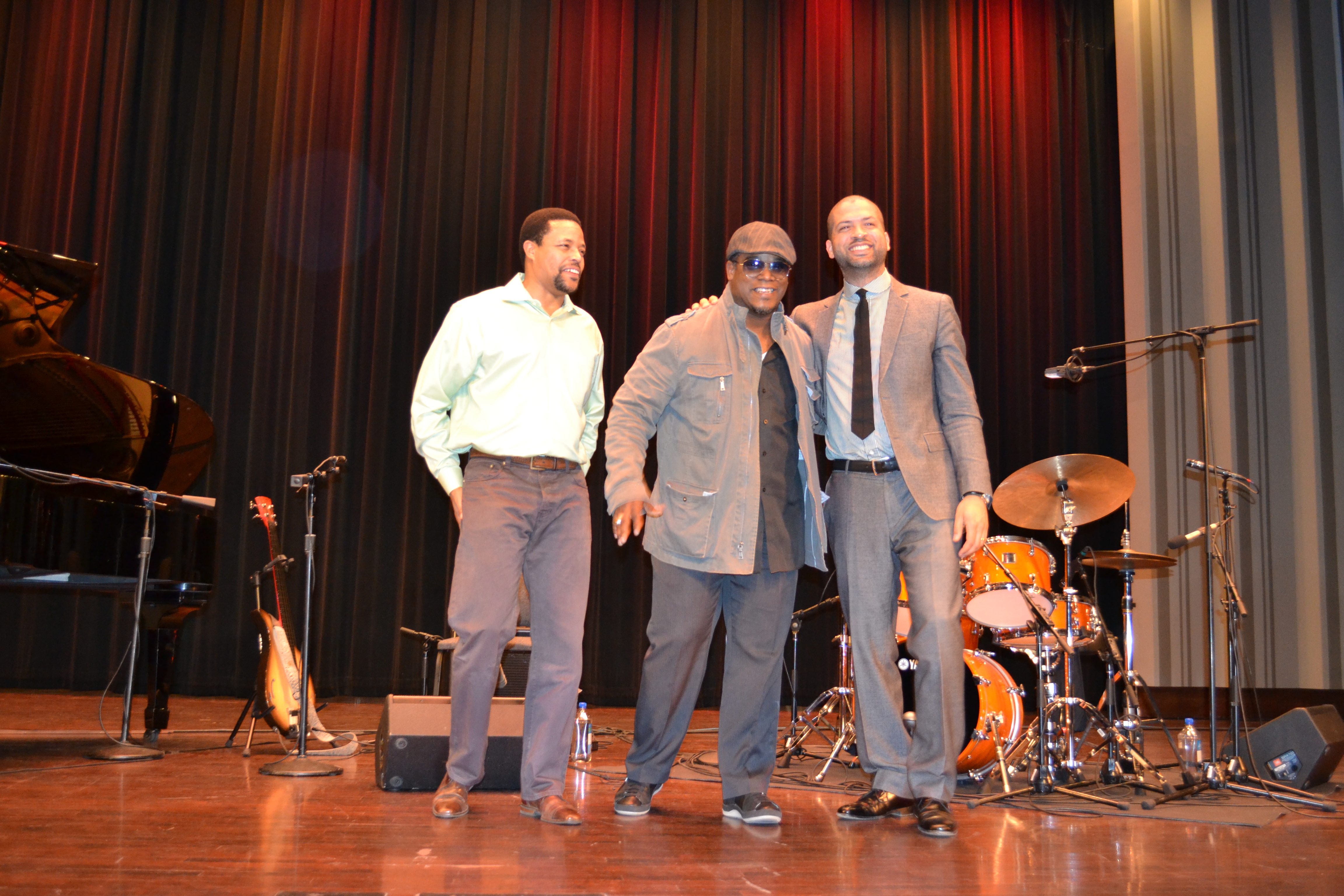 Last year, I caught Moran live in performance with his band of ten years, the Bandwagon, and even that highlighted both boundary crossing and collaboration. Surrounded by a clutter of written scores, they moved up something serious through an adventurous set of compositions from past projects and their latest CD, Ten. They opened with a powerful reading of a song written by Alicia Hall Moran, Jason’s talented and very soprano spouse. “Blessing the Boats” was packed with sly ostinato figures in the piano, pushy pop musical gestures, and sinewy melodies winding through tricky harmonic environments. It was an exploration of composition in process that worked well, preparing us for the meal in the guise of a meaningful gracing of the table.
Last year, I caught Moran live in performance with his band of ten years, the Bandwagon, and even that highlighted both boundary crossing and collaboration. Surrounded by a clutter of written scores, they moved up something serious through an adventurous set of compositions from past projects and their latest CD, Ten. They opened with a powerful reading of a song written by Alicia Hall Moran, Jason’s talented and very soprano spouse. “Blessing the Boats” was packed with sly ostinato figures in the piano, pushy pop musical gestures, and sinewy melodies winding through tricky harmonic environments. It was an exploration of composition in process that worked well, preparing us for the meal in the guise of a meaningful gracing of the table.
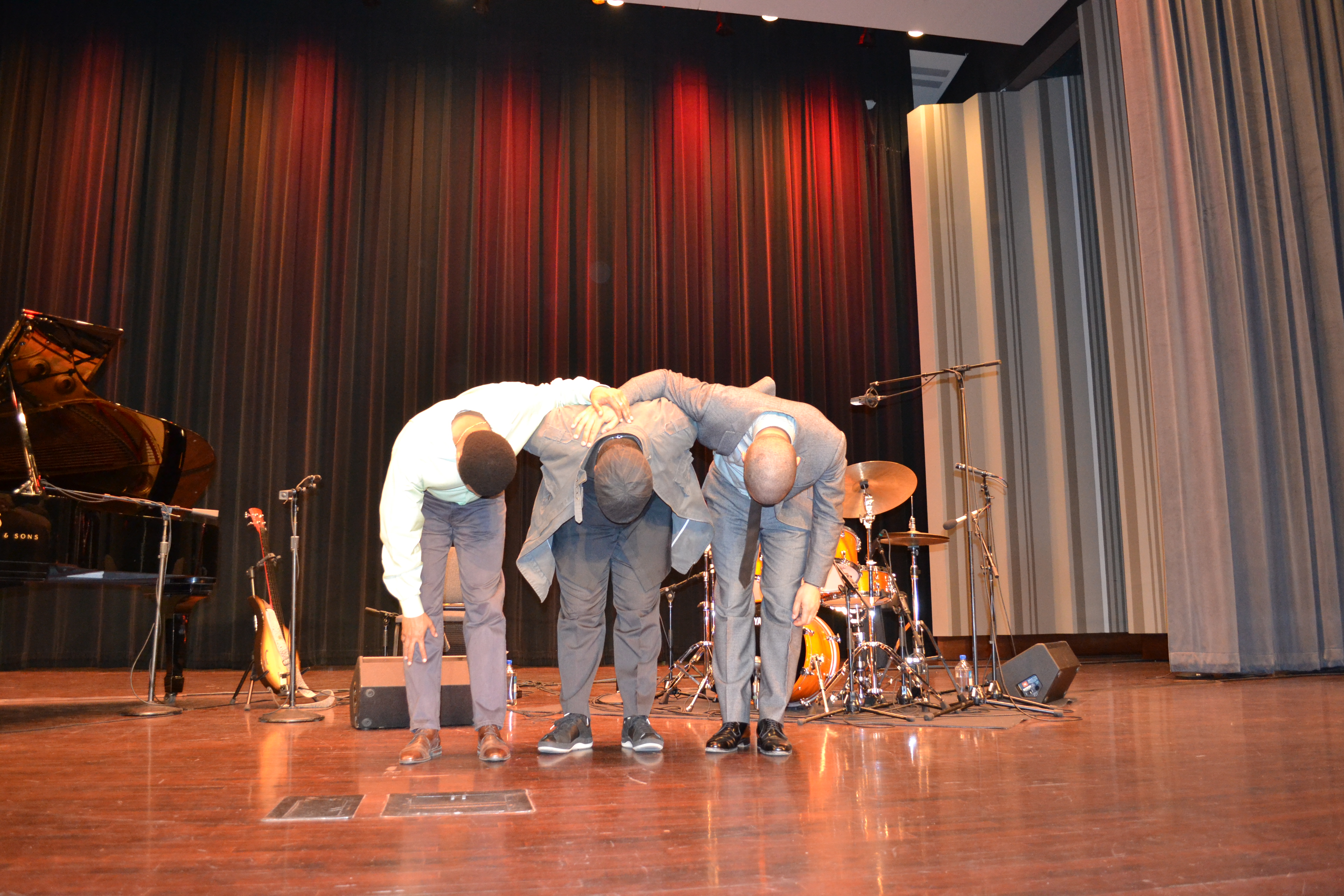 The empathetic and telepathic virtuosity demonstrated among his colleagues drummer Nasheet Waits and bassist Tarus Mateen simply astounded. These very strong musical personalities are not simply a backdrop for Moran’s musings: they are part and parcel of the sonic mosaic that has become his vehicle in much the same way as Duke Ellington’s orchestra was for his. Moran’s compositional signature and improvisation rhetoric also leave a lasting impression long after the last strains were heard. I’ve seen this band on several occasions, and all three of these qualities were present and rewarding every time.
The empathetic and telepathic virtuosity demonstrated among his colleagues drummer Nasheet Waits and bassist Tarus Mateen simply astounded. These very strong musical personalities are not simply a backdrop for Moran’s musings: they are part and parcel of the sonic mosaic that has become his vehicle in much the same way as Duke Ellington’s orchestra was for his. Moran’s compositional signature and improvisation rhetoric also leave a lasting impression long after the last strains were heard. I’ve seen this band on several occasions, and all three of these qualities were present and rewarding every time.
Throughout the set Moran’s performance rhetoric included full voiced gospel-style chords in the right hand with single note doublings with Mateen; Earl Hines’ “trumpet style”; Bud Powell-esque bebop lines; Cecil Taylor-like passages of dissonant, florid, pianism; and gutsy tremolo passages that sound like a vocalized field hollers straight out of the ring shout rituals of black expressive culture. His most intense solos move rapidly between arpeggios superimposed over dissonant harmonic structures and spirited scales. As Moran combines this rhetoric over the course of several songs, one experiences in real time a white-knuckled virtuosity awash in dizzying counterpoints of melodies, timbres, and polyrhythms that ebb and flow in apparent spontaneity.
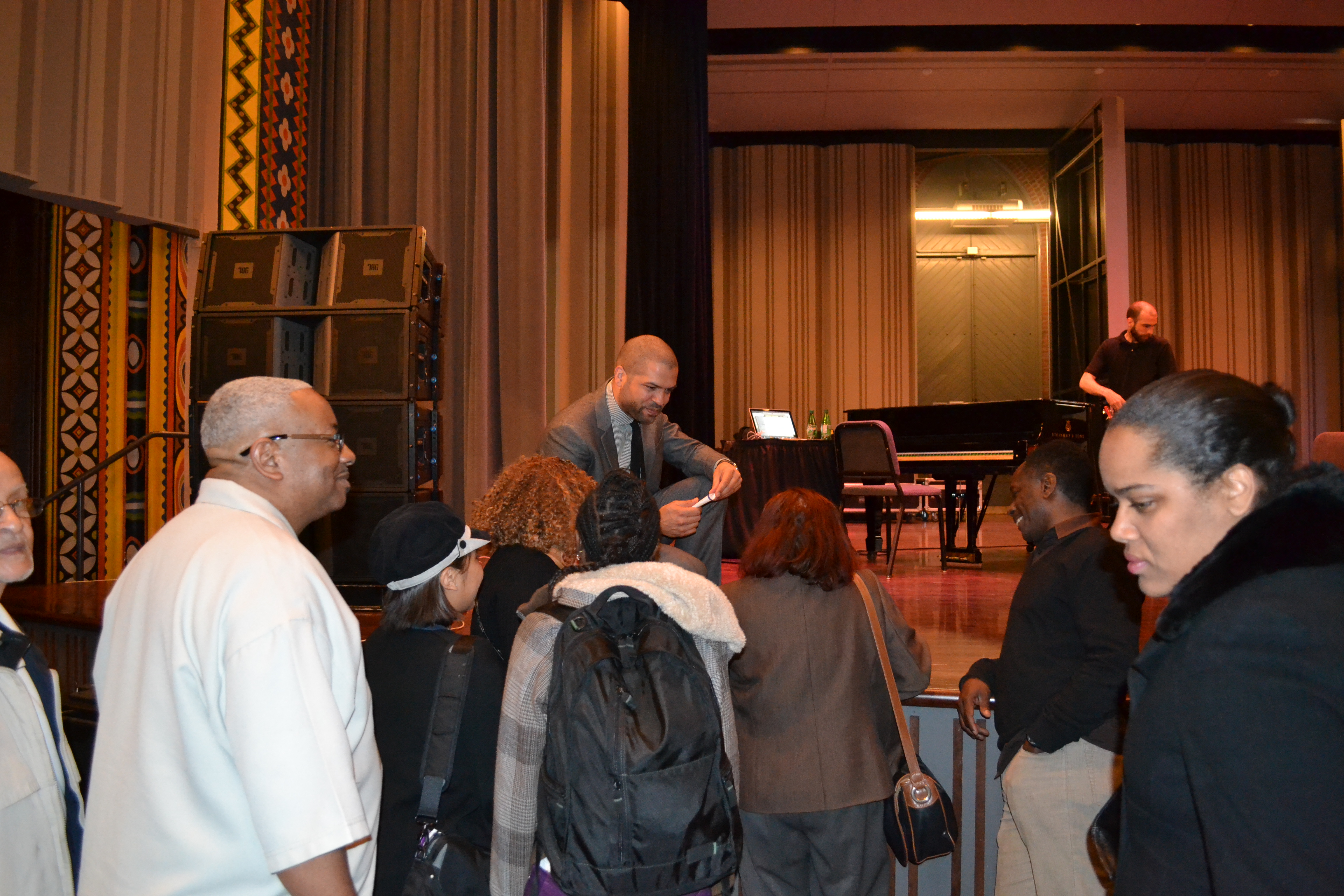 His compositions are studies in the economic use of emotional momentum. Many move from precious, pithy statements into grand pronouncements and back again. Some leave you on the mountaintop, breathless. The Bandwagon achieves these in the context of grooves that while infectious, are not easily digested. That is, one has to concentrate to perceive the large structures of their form. They are not built on smallish cyclic harmonic patterns but on larger scale patterns of repetition. Moreover, because of their length, they can sound like seamless multi-movement jazz suites. Their grooves take on many rhythm configurations: from soupy, down-home blues, hard bop swing, or rhythm rhetoric from more contemporary sound worlds. Moran’s occasional use of onstage pre-recorded sounds give the effect of an installation art piece, where we in the audience are snapped out of our typical listening positions and drawn into a more intense listening and visual relationship with the band.
His compositions are studies in the economic use of emotional momentum. Many move from precious, pithy statements into grand pronouncements and back again. Some leave you on the mountaintop, breathless. The Bandwagon achieves these in the context of grooves that while infectious, are not easily digested. That is, one has to concentrate to perceive the large structures of their form. They are not built on smallish cyclic harmonic patterns but on larger scale patterns of repetition. Moreover, because of their length, they can sound like seamless multi-movement jazz suites. Their grooves take on many rhythm configurations: from soupy, down-home blues, hard bop swing, or rhythm rhetoric from more contemporary sound worlds. Moran’s occasional use of onstage pre-recorded sounds give the effect of an installation art piece, where we in the audience are snapped out of our typical listening positions and drawn into a more intense listening and visual relationship with the band.
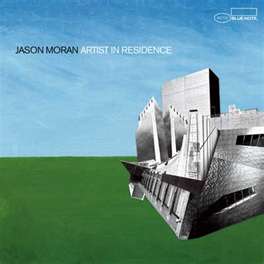 And speaking of art pieces, Moran’s various collaborations with artists such as Adrian Piper, Kara Walker, and Glenn Ligon together with his impressive commissions in the museum world recall and extend black American musical cultures of the past in which artistic expression was a way to transgress boundaries, not reify them. Maybe it was the tenor of times. But in the decades leading up to high and heavy years of the Civil Rights and Black Consciousness Movements, African American artists across the board believed that their work could collectively engage, interrogate and challenge the status quo. This quote from the late poet Gwendolyn Brooks captures this energy:
And speaking of art pieces, Moran’s various collaborations with artists such as Adrian Piper, Kara Walker, and Glenn Ligon together with his impressive commissions in the museum world recall and extend black American musical cultures of the past in which artistic expression was a way to transgress boundaries, not reify them. Maybe it was the tenor of times. But in the decades leading up to high and heavy years of the Civil Rights and Black Consciousness Movements, African American artists across the board believed that their work could collectively engage, interrogate and challenge the status quo. This quote from the late poet Gwendolyn Brooks captures this energy:
“My husband and I knew writers, knew pianists and dancers and actresses, knew photographers galore. There were always weekend parties to be attended where we merry Bronzevillians could find each other and earnestly philosophise sometimes on into the dawn, over martinis and Scotch and coffee and an ample buffet. Great social decisions were reached. Great solutions for great problems were provided . . .. Of course, in that time, it was believed, still, that the society could be prettied, quieted, cradled, sweetened, if only people talked enough, glared at each other yearningly enough, waited enough.”
I’ve attended a Jason and Alicia Hall Moran house party and can testify that this kind of energy still thrives. There’s more at stake in his circle than socializing and collaborating for the hell of it; it’s even larger than making art objects for their own sake. Rather, the whole enterprise—the art, the music, the building of a collective—is about what art historian and curator Kellie Jones has recently called “community archive,” a quest for a larger meaning through art. For her, the idea describes “how artistic communities –be they families of origin [or families by marriage], groups, movements, neighborhoods, and so on—create and theorize their pasts, illuminating the dialogic among individuals and the collectives to which they belong, and in which artistic meaning is derived.” (But please don’t think there’s not good food and music, too!).
Jones was asked in Artnews back in 2007 to predict who the art world would be looking at 105 years hence. She said Jason Moran, and many of us agreed. Since that time he’s continued to experiment, traversing sonic, literary, and visual art worlds, and then comes back to share what he’s learned. Like his predecessors from well over a century ago, Moran’s approach obliterates boundaries, colors outside the lines, and poses a critical question: “Whose worlds are they anyway?”
Tags: Adrian Piper, Alicia Hall Moran, Glenn Ligon, jason moran, Kara Walker, Kellie Jones, Nasheet Waits, Taurus Mateen, The Bandwagon, University of Pennsylvania

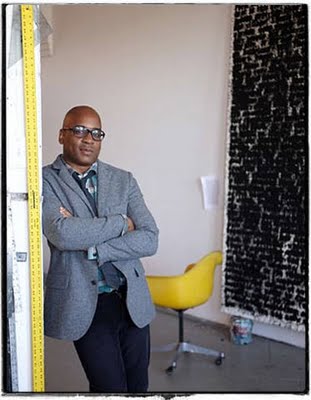

 Share On Facebook
Share On Facebook Tweet It
Tweet It

